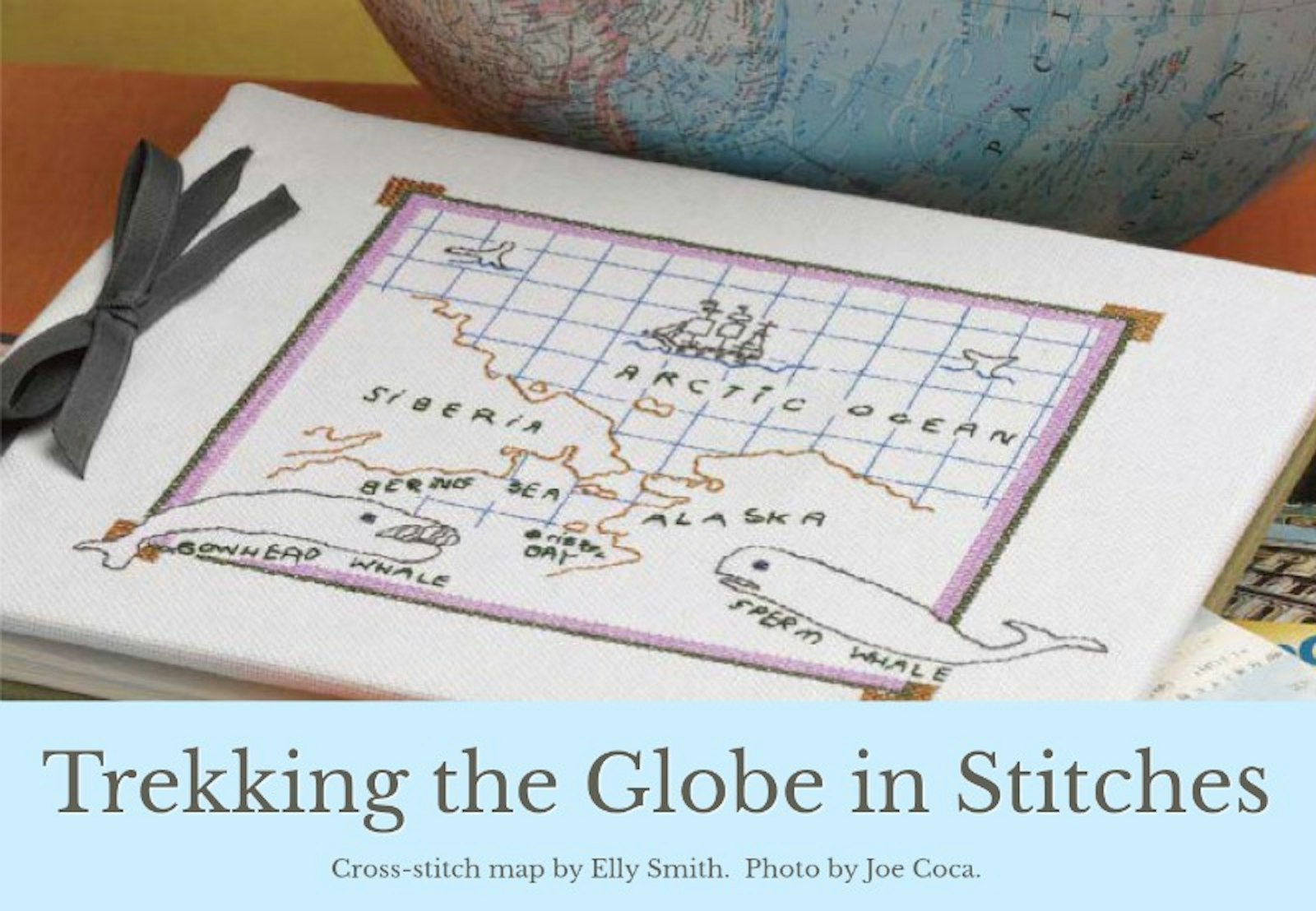Needlework from the Seven Continents
The next stop on our tour of needlework from the seven continents is Asia. In PieceWork’s July/August 2006 issue, Pamela D. Toler introduces us to suzanis, embroidered dowry pieces from the region of Central Asia now known as Uzbekistan, that she discovered on a trip to Istanbul. Here’s an excerpt from her fascinating article, “Suzanis: Flower Cloths of Uzbekistan.”
The first thing I learned was that the pieces I purchased in Istanbul are only suzanis in the broadest sense of the word. Western collectors often use the word to describe any of several silk embroideries on a cotton background that formed part of the dowry gifts produced by an Uzbek bride and her family. In Uzbekistan, however, the term refers more specifically to the large embroidered panels used as wall hangings, curtains, and bedcovers that were the major textiles in the dowry.
Suzani. Maker unknown. Embroidered. Silk on cotton backing. Uzbekistan. Early twentieth century. 26¾ x 26 inches (67.9 x 66.0 cm). Collection of the author. Photo by Joe Coca.
The number of embroidered pieces in a girl’s dowry was proof of both the family’s wealth and the bride’s diligence and skill. Since completion of a large suzani took about two years and since most women in this society were married by the age of fifteen, a mother would begin to embroider a suzani as soon as a daughter was born.
Tradition required that the bride’s grandmother draw the design for the large suzani that would be the centerpiece of the dowry. In practice, however, a professional craftswoman known as a kalamkash often was hired to sketch the pattern on the background cloth and decide on the main colors to be used. Each village or town quarter had one of these skilled designers, who inherited the position and knowledge of the traditional patterns from her mother or from a sponsor.
When the girl learned to stitch, often as early as the age of four, she would take over the primary responsibility for her own dowry pieces. If it looked as though the dowry would not be finished in time for the wedding, neighbors and relatives would be asked to help her finish, but it was important that most of the work be her own. The dowry served the same role as an artist’s portfolio. The size and quality of the dowry demonstrated the bride’s ability to produce not only the furnishings needed for her new home but also trade goods for items, such as salt, spices, and forged steel, that the family could not produce.
To learn more about these exquisitely embroidered textiles of Central Asia, read the rest of Pamela D. Toler’s article in PieceWork July/August 2006. To catch-up on our tour of needlework from around the globe, check out last Monday's blog post on needlework inspired by Antarctica.


